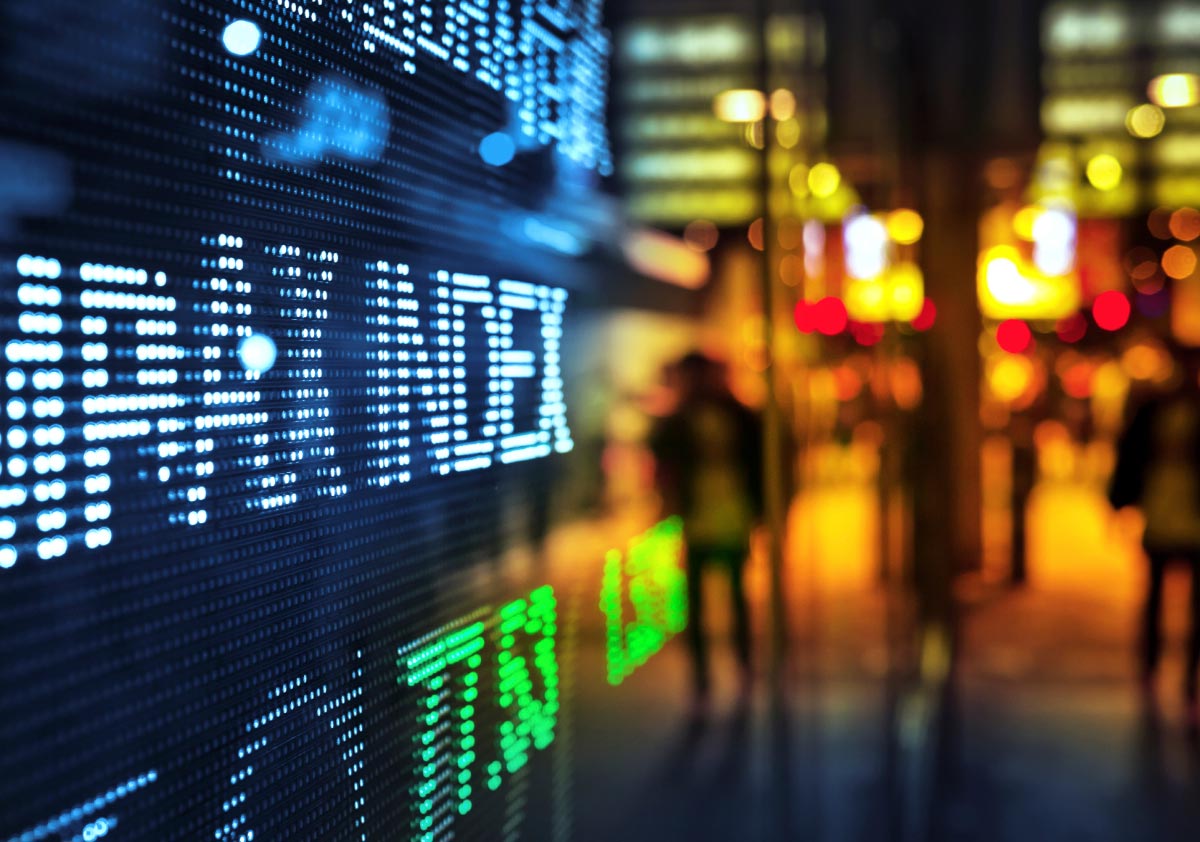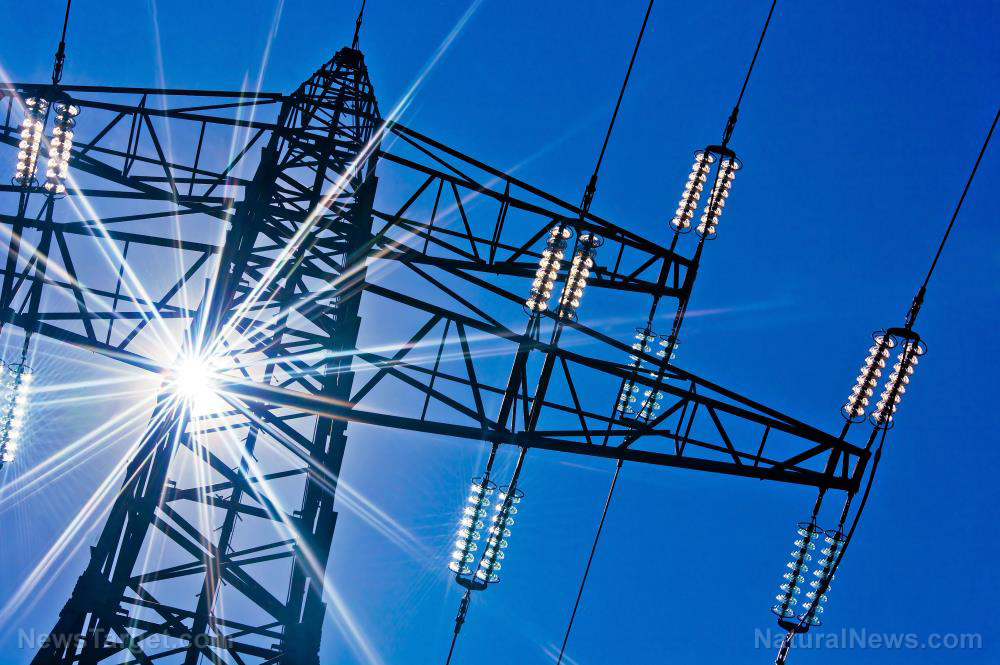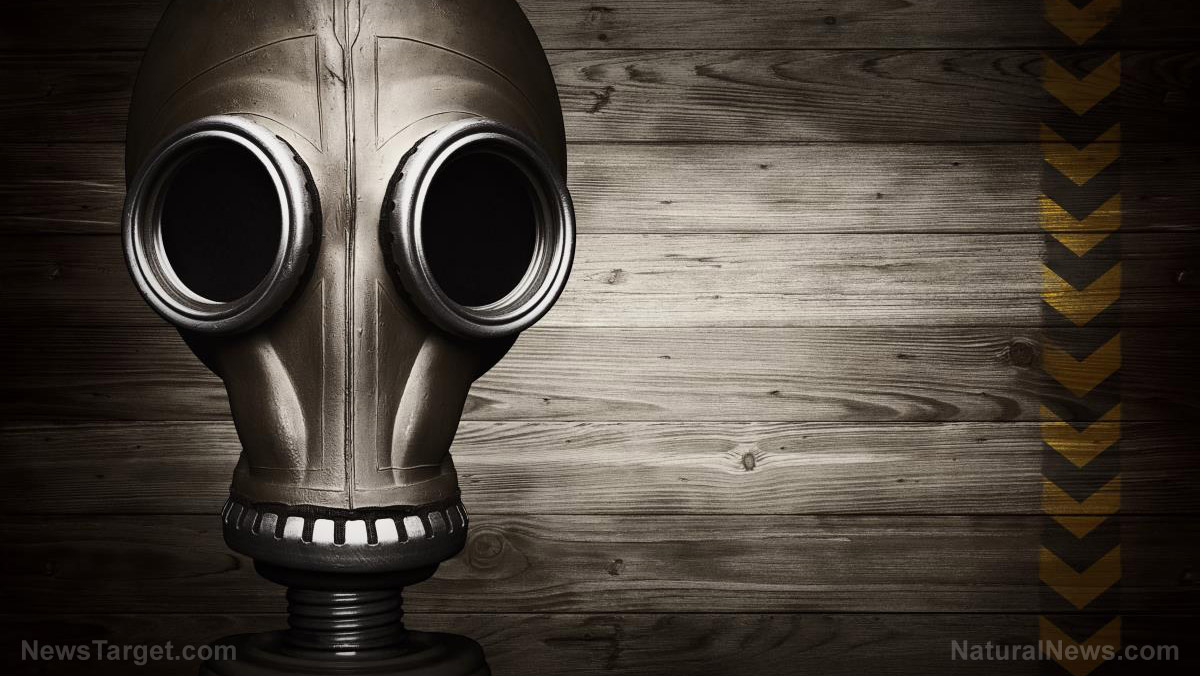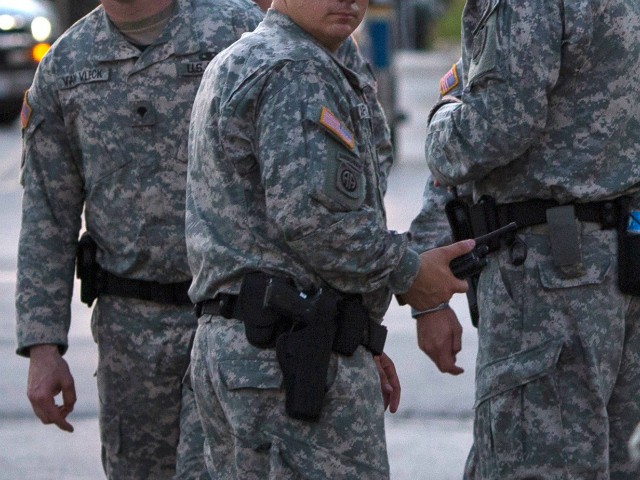Economist says we can’t let coronavirus kill the economy, urges placing Wall Street profits above human lives
03/25/2020 / By Ethan Huff

Thomas Sowell once wrote, “There are no solutions. There are only tradeoffs.” And aren’t we ever seeing that today with the Wuhan coronavirus (COVID-19) crisis as society grapples with the moral dilemma of getting the economy started back up again to prevent a total collapse, or keeping everything locked down to protect public health.
Some economists, along with the Trump administration, are suggesting that while both options are possible, the most important thing is to get Americans back to work by the end of the month to avoid “total disaster.”
Writing for The American Spectator, Bob Luddy explains that other countries such as China and Russia are already supposedly back up and running, while many parts of the United States such as California, Pennsylvania, New York, and New Jersey remain closed. (The claim that China is fully back online is communist propaganda, now repeated by so-called “conservatives” in America.)
In the one sense, keeping everything under quarantine is said to help prevent the spread of the Wuhan coronavirus (COVID-19), which is really starting to pick up speed here in America. On the other hand, if society collapses because of a prolonged stalled economy, then many more people could die from any number of social calamities that ensue, warn economists.
The Wall Street side of things seems to be focused on one thing: keeping the wheels turning and the cash flowing. “The cure is far worse than any perceived impact by COVID-19,” Luddy contends, making the case that the national security risk from the Wuhan coronavirus (COVID-19) comes with limited data, meaning the measures being imposed might be too drastic, according to his views.
“Our economy is both fragile and interdependent, an economic reality not understood by our leaders as they order mass closings of many states’ business and industry.”
Listen below as Mike Adams, the Health Ranger, talks about how people who’ve been avoiding the stock market during this tumultuous time saved themselves from potentially massive financial losses:
Which would harm more people: coronavirus or a failed economy?
Like many others have been saying, Luddy points out that more people die from seasonal influenza than have died from the Wuhan coronavirus (COVID-19). But what he doesn’t explain is how the rate of death for the Wuhan coronavirus (COVID-19) is notably higher than for seasonal flu.
It’s also because we don’t know much about the Wuhan coronavirus (COVID-19) that some say we must take these extreme measures to combat it, even if the economy takes a hit as a result.
However, Luddy does make some valid points about how we ain’t seen nothin’ yet if the shutdowns are allowed to continue. Besides the millions of service industry workers who no longer have jobs, suppliers for restaurants, bars, and other now-shuttered establishments are also feeling the pain, and could soon collapse.
A whopping 66 percent of Marriott’s employees, as another example, are currently furloughed, and those who remain are facing 20 percent pay cuts. And this is just one company among many that’s passing the buck down to the working class which, unlike Wall Street, almost never gets any type of bailout.
“The Big Three automakers and their suppliers are closed, which means hundreds of thousands of workers are laid off and at home,” Luddy further explains about how the dominoes are quickly falling with each passing day.
“This will quickly lead to more layoffs and many small business failures. There is no amount of government money that can make up for an economy closed and workers staying home,” he adds, warning that food and other necessities are next if something doesn’t change, and soon.
More of the latest news about the Wuhan coronavirus (COVID-19) is available at Pandemic.news.
Sources for this article include:
Tagged Under: China, Chinese Virus, Collapse, coronavirus, covid-19, disease, economic crisis, economists, economy, finance, global emergency, Global Pandemic, infection, money, novel coronavirus, outbreak, pandemic, risk, virus, Wall Street, Wuhan, Wuhan coronavirus
RECENT NEWS & ARTICLES
COPYRIGHT © 2017 DISASTER NEWS



















